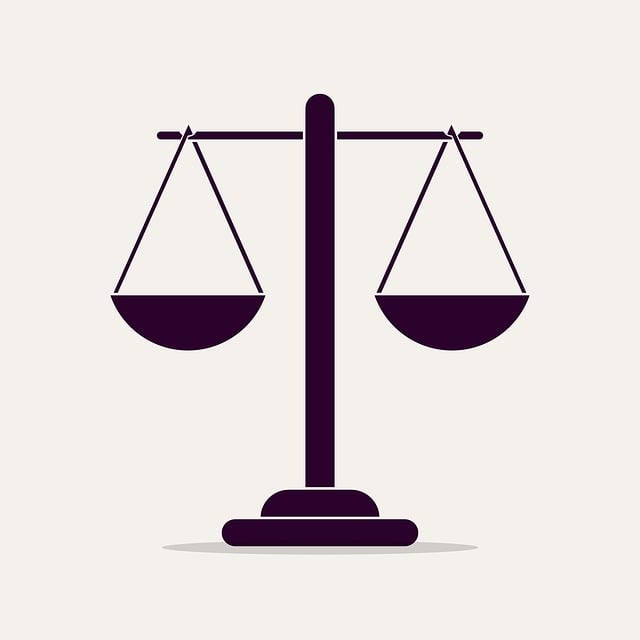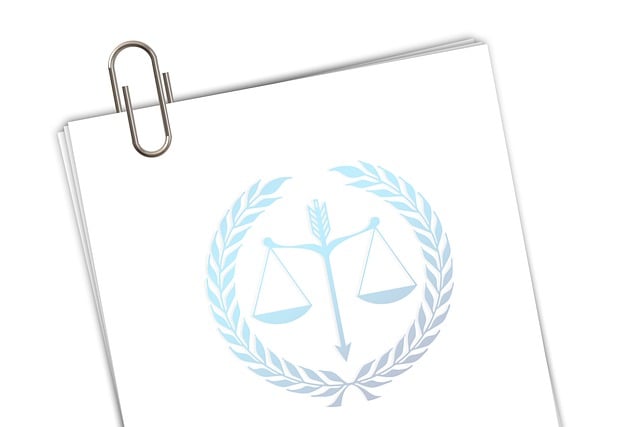Public corruption charges involve allegations of illicit behavior by trusted individuals, impacting governance and societal trust. Handled under Sentencing Guidelines for White Collar Crime, these cases consider offense severity, role, and previous convictions. Federal and state jurisdictions enforce different rules, with significant fines and prison terms as deterrents. Alternative sentencing options for non-violent charges focus on rehabilitation and reintegration, promoting transparency within criminal defense strategies.
“Public Corruption Charges: Navigating a Complex Web of Justice and Punishment explores the intricate landscape of public corruption, its impact on society, and the legal responses it elicits. Understanding these charges involves delving into the definition and far-reaching consequences of manipulating public office for personal gain. This article examines the contrasting legal frameworks at federal and state levels, highlighting sentencing guidelines for white-collar crime, which often vary significantly. By analyzing key factors influencing punishments, we uncover options beyond incarceration for non-violent offenders, offering a nuanced perspective on addressing public corruption effectively.”
- Understanding Public Corruption Charges: Definition and Impact
- Legal Framework: Federal vs. State Laws and Penalties
- Sentencing Factors: Factors Influencing White Collar Crime Punishments
- Alternative Sentences: Options Beyond Incarceration for Non-Violent Offenders
Understanding Public Corruption Charges: Definition and Impact

Public Corruption Charges refer to allegations of illicit behavior by individuals in positions of public trust, often involving abuse of power for personal gain. This can range from accepting bribes to using official resources for unauthorized purposes. Understanding these charges is crucial as they significantly impact governance and societal trust. The impact of such corruption is far-reaching, affecting everything from economic development to the overall sense of justice among citizens.
These charges are typically handled under Sentencing Guidelines for White Collar Crime, which vary across the country but often consider factors like the severity of the offense, the role of the defendant, and any previous convictions. Whether through plea bargains or jury trials, the process aims to hold corporate and individual clients accountable while also acting as a deterrent to future corruption. The complexity of these cases necessitates careful navigation through legal systems, ensuring that justice is not only served but also perceived as such by the public at large.
Legal Framework: Federal vs. State Laws and Penalties

The legal framework governing public corruption charges varies between federal and state laws, each with its own sentencing guidelines for white-collar crime. At the federal level, authorities like the FBI and the Department of Justice investigate and prosecute cases involving embezzlement, fraud, and bribery against public officials. These cases often carry severe penalties, including substantial fines and lengthy prison sentences, guided by strict sentencing guidelines designed to deter such misconduct. State laws, while similar in many respects, may offer some divergences in terms of prosecution strategies and penalty structures.
State-level investigations into corruption typically involve local law enforcement agencies and attorneys general’s offices. The penalties for convicted public officials can include fines, restitution to affected parties, and imprisonment. The unique aspect here is the role of the philanthropic and political communities, which often play a part in promoting transparency and accountability during all stages of the investigative and enforcement process, ensuring an unprecedented track record of successful prosecutions.
Sentencing Factors: Factors Influencing White Collar Crime Punishments

When dealing with public corruption charges, sentencing factors for white collar crimes are intricate and multifaceted. Judges consider a multitude of aspects beyond the mere financial loss caused by the offence, exploring the impact on public trust, the level of planning involved, and whether the defendant took responsibility for their actions. The Sentencing Guidelines for White Collar Crime play a pivotal role in this process, providing a framework to ensure consistency and proportionality in punishment.
Several key factors influence these punishments. Prior convictions or an unprecedented track record of financial misconduct can significantly increase sentences. Conversely, cooperation with authorities, including providing substantial assistance in the investigation and prosecution of others, may lead to reduced penalties. The nature of the respective business involved is also pertinent; those operating in sectors crucial for public safety or national security often face harsher repercussions. Ultimately, avoiding indictment through proactive measures like internal compliance programs can serve as a shield against stricter sentencing.
Alternative Sentences: Options Beyond Incarceration for Non-Violent Offenders

In recent years, there has been a growing emphasis on alternative sentencing options for non-violent public corruption charges, especially in cases involving white collar and economic crimes. This shift is driven by the recognition that traditional incarceration rates have been disproportionately high, often leading to what some refer to as a “school-to-prison pipeline.” Sentencing Guidelines for White Collar Crime now promote rehabilitation and reintegration over lengthy prison terms.
Alternative sentences such as community service, probation, and participation in restorative justice programs offer a more tailored approach to addressing public corruption. These options allow individuals to serve their communities while gaining valuable insights into the impact of their actions. For instance, a non-violent offender might be required to mentor at-risk youth or participate in financial literacy workshops, thereby giving back and promoting economic wellness in their respective business environments. Such sentences not only hold offenders accountable but also foster a culture of transparency and integrity within general criminal defense strategies.
Public corruption charges carry significant weight, reflecting the societal harm caused by abuse of power. Understanding the legal framework, sentencing factors, and alternative sentences is crucial in navigating these complex cases. By adhering to evidence-based Sentencing Guidelines for White Collar Crime, justice can be served while also considering rehabilitation and community impact. This balanced approach ensures that penalties are fair, proportional, and effective in deterring future misconduct.






